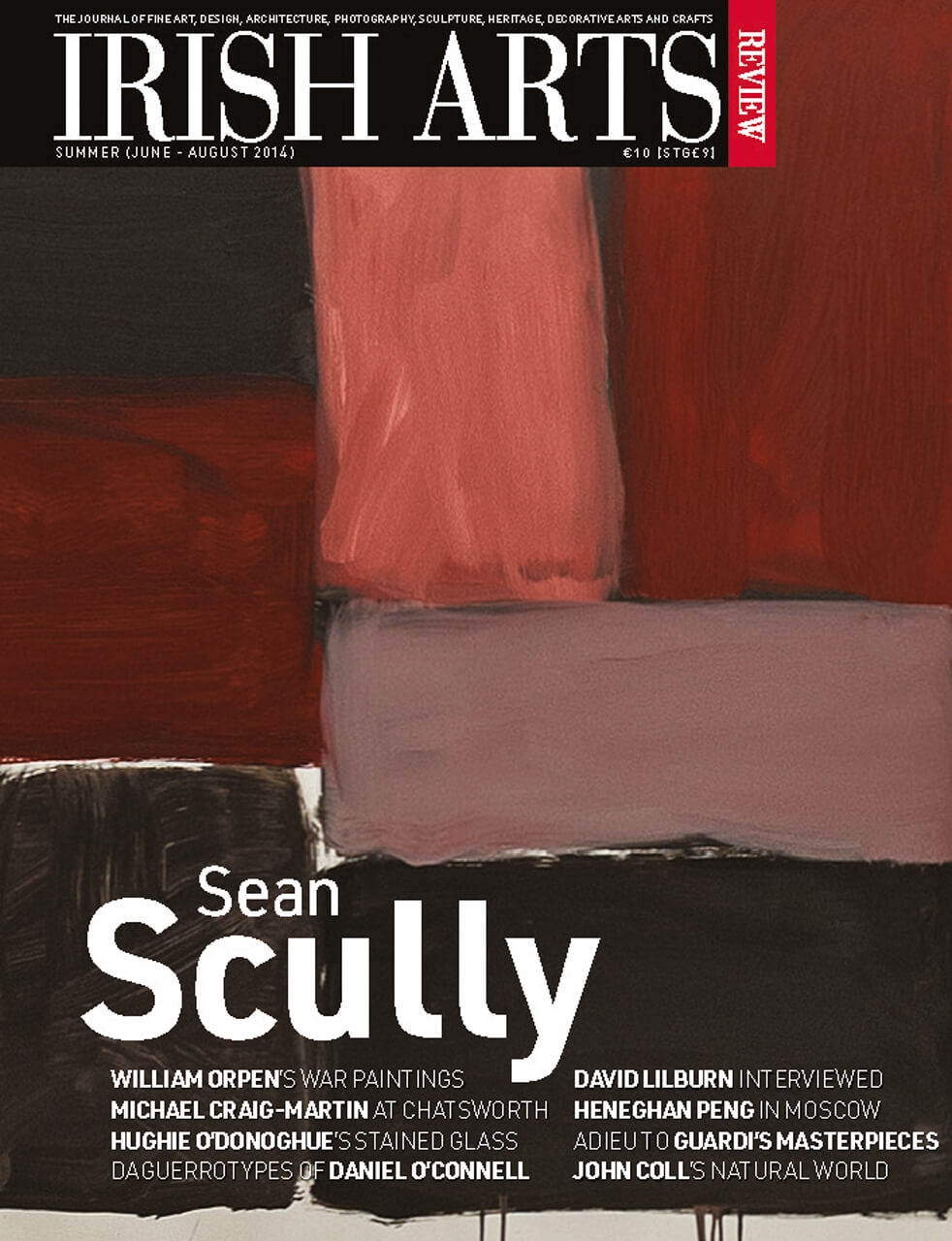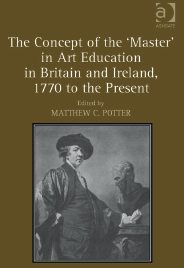

MATTHEW C. POTTER (ED)
Ashgate, 2013
pp 312, 26 b/w ills h/b
£70.00/€85.00 ISBN: 978-1-4094-3555-6
John Turpin
This compilation of essays grew out of a conference, ‘Learning from the Masters: the use of Art History by Artist-Teachers‚’ in 2008 at the University of Plymouth. The volume ranges from Reynolds‚’ Discourses to Postmodern attitudes in the art school. It begins with a magisterial introduction by the editor surveying the field from Renaissance academies to the contemporary. The essays are generally centred on selected art institutions, mainly in England but with brief coverage of Scotland, Wales and Ireland. Regrettably the compilation overlooked the school of the RHA, the principal agency in the 19th century for the education of Irish artists; it also had a role in the foundation of the National Gallery of Ireland.
There is a refreshing analysis of the classical theories of Reynolds by Iris Wien. She shows how he aimed at a constructed abstract ideal, not at realism; art could be taught by an industrious study of the old masters; at its best the academic ideal was to emulate, not to copy. An alternative tradition was towards anatomy and realism, which became dominant in the later 19th century as in the Slade. The romantic reaction to academic theory, as with William Blake, was to stress imagination and inspiration. For the Romantic, the old masters offered a repertoire of art-historical reference styles to be exploited for associative reasons. There was considerable debate in the early 19th century on the respective merits of the traditional academic group life class compared to the master classes established in the reforms of German art education, an issue explored by Saskia Putz. Despite the example of the School of Munich, these were not adopted in Britain (although perhaps Orpen’s teaching practice in Dublin came near to it). Various writers referred to the Slade School of Art and its influence as it was in the vanguard of British art education, as in the education of women artists; it introduced art history lectures by Roger Fry, E H Gombrich and others.
√âimear O’Connor pointed out how Orpen provided the stylistic model, which Keating would use to define the new Irish identity
The role of art education in helping to define national identity arose in relation to the ‘Celtic fringe‚’: Scotland, Wales and Ireland. At the Dublin Metropolitan School of Art, √âimear O’Connor described the master-pupil relationship of Orpen to Keating; she noted Orpen’s views on art education, based on his Slade experience and pointed out how Orpen provided the stylistic model, which Keating would use to define the new Irish identity.
Art educational developments in Britain since 1945 were led by William Coldstream, professor at the Slade. The two influential Coldstream Reports of 1960 and 1970 revolutionized fine art education in the United Kingdom and indirectly Ireland also. Degree courses in fine art were established with art-historical content. The ambivalent position of history of art in the art school is analyzed in a brilliant essay by the late Katerina Reed-Tsocha, based on her experiences at the Ruskin School of Drawing and Fine Art, Oxford University. She points out that while art history and the old masters do not interest art students, they are drawn to the ‘new masters‚’ of fashionable and ever-changing art theory. The reflections in these essays are relevant to the education of artists in the contemporary world and especially to anyone teaching historical and theoretical studies to
student artists.
John Turpin is Professor of the History of Art, Royal Hibernian Academy.



